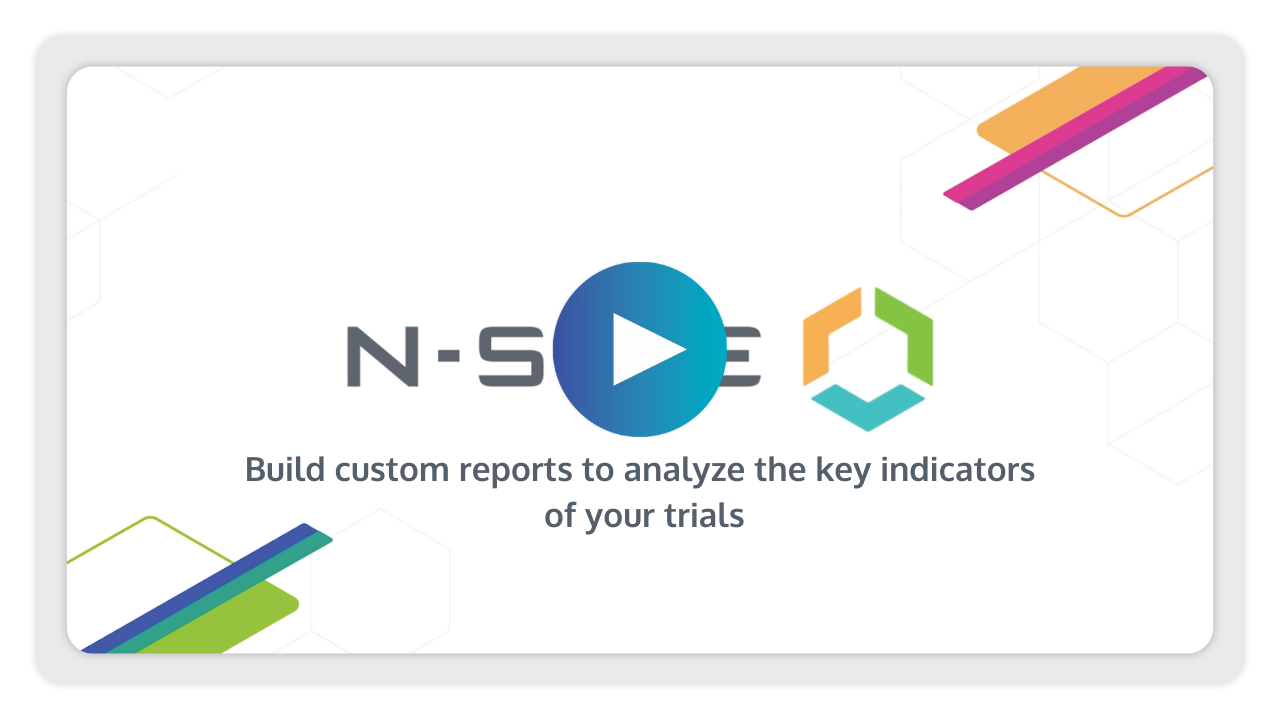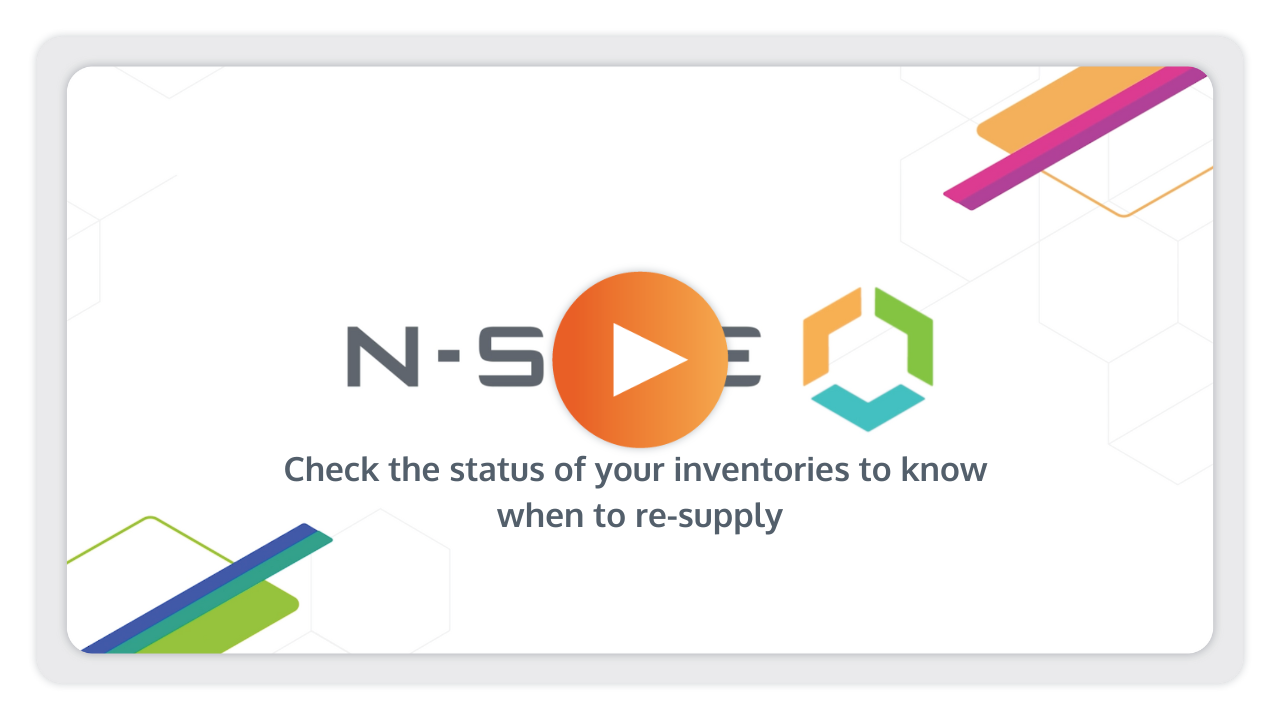N-SIDE Lighthouse
Features Update
Welcome to our first features update of 2024! Here’s a summary of our latest new improvements for N-SIDE Lighthouse!
- Import data in Lighthouse
- Build custom reports to analyze the supply plans and the key indicators of your trials
- Visualize the network of your supply chain
- Check the detailed status of all inventories to know when to re-supply
- Build manufacturing processes for your IMPs and retrieve the supply plan for upstream products

Import data in Lighthouse
In Lighthouse, you have the ability to import two types of data: actuals (patient, dispensing and depot inventory) and assumptions (recruitment projections). To add data in the app, you can either:
- Upload a file (.xlsx, .csv).
- Setup an IRT connection: securely connect your trial to an IRT service provider through seamless authentication.
Subsequently, you can match your data (or the data from the IRT) with the Lighthouse trial information and ultimately choose the specific data for import.

Build custom reports to analyze the supply plans and the key indicators of your trials

From the “Reports” section, you can create custom reports that gather trial and supply data in one place. Visualize the supply plan for one or several depots/products, and filter on specific products when needed. Create and analyze graphs for the forecasted patients screened, patients recruited or kits dispensed. You can visualize data coming from your assumptions and actual data with (optional) variability.
Visualize the network of your supply chain
Directly visualize your trial’s supply chain network in order to:
- Understand how depots and regions are supplied.
- Check the status of inventories for each product and depot to know how much time your have before re-supplying.
- Quickly spot if an inventory requires attention (e.g. red or orange numbers).

Check the detailed status of all inventories to know when to re-supply
In the “Supply” section, you have access to the view of all inventories and their statuses (i.e., weeks on hands and time before re-supplying). By accessing the details of an inventory, you can:

- Understand the demand (by seeing which trials create it).
- Obtain a supply plan that matches your supply management needs by adapting supply settings (e.g. minimum weeks on hands, release frequency).
- Visualize your (short term or long term) inventory evolution on a graph displaying the forecasted inventory, the demand and the orders.
- Check the current stock of your inventory, i.e., quantity of lots, expiry, do not ship and status (e.g., available, quarantined) information.
- Visualize your supply plan that covers the short term (with the planned orders) and the future (forecasted orders).
Moreover, thanks to the contextual bar on the bottom of the page, you always have the main supply indicators at your disposal (e.g. current stock, weeks on hand, margin (time before re-supply), estimated next reorder date) and you can directly plan an order if you need to re-supply the inventory.
Build manufacturing processes for your IMPs and retrieve the supply plan for upstream products
You can use the “Manufacturing” section to build manufacturing processes for the IMP of your trials by connecting the DP/DS/API requirements. These manufacturing processes can be used to define how each IMP inventory will be supplied and determine the relevant product needs from different trials. The bills of materials (associated to the manufacturing processes) and the supply plans give you a complete view of what should be produced to answer your trial needs. This information can also be easily shared with relevant colleagues.


